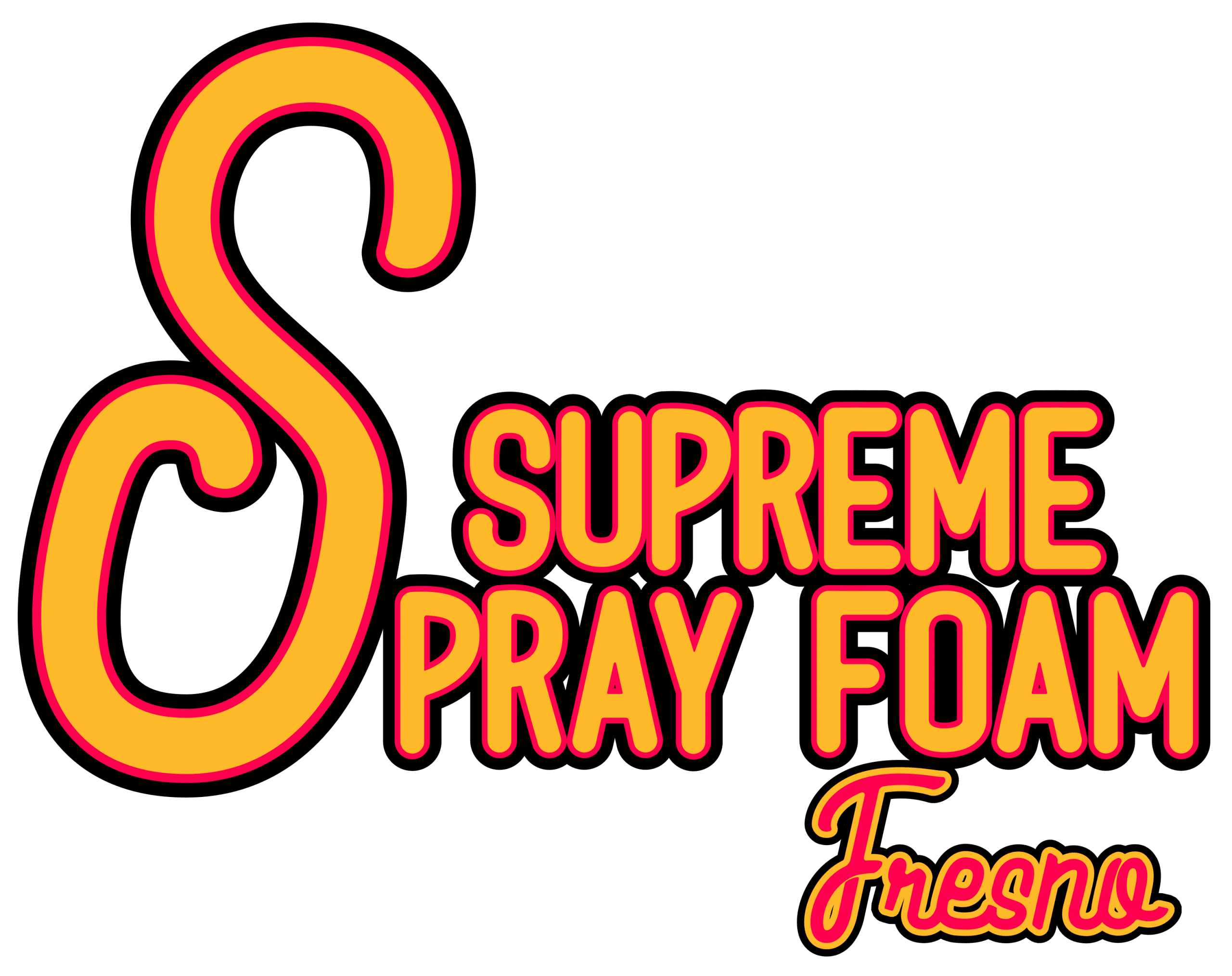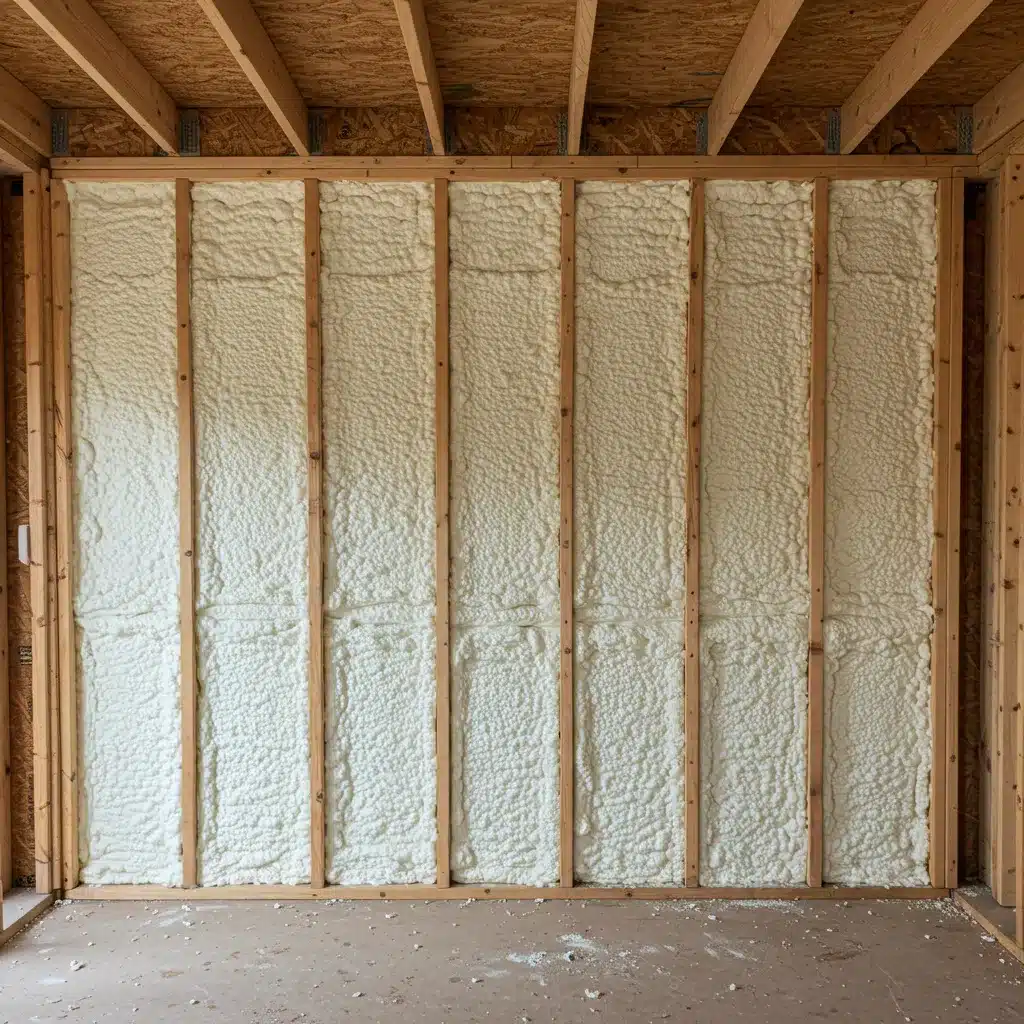Spray foam insulation is an excellent solution for enhancing energy efficiency and maintaining indoor comfort. However, despite its many benefits, it’s not suitable for every application. Using spray foam in the wrong places can lead to structural issues, safety hazards, and health risks. Understanding where we should avoid using spray foam insulation is essential for making informed decisions, especially in Fresno, CA, where climate and building requirements play a crucial role.
When Spray Foam Insulation Is Not the Right Choice
1. Areas with Poor Ventilation
Proper ventilation is necessary during and after applying spray foam insulation. If used in confined or poorly ventilated spaces, the off-gassing process can pose serious health risks.
Why It’s a Problem:
- The chemical reaction releases volatile organic compounds (VOCs), which can cause respiratory issues.
- Poor ventilation traps fumes inside, leading to prolonged exposure.
- Unpleasant odors may persist for a long time.
Alternative Solutions:
- Use fiberglass or mineral wool insulation in enclosed spaces to avoid toxic fumes.
2. Near Electrical Wiring and Boxes
Since spray foam expands after application, it can interfere with electrical systems if not used carefully.
Potential Risks:
- Over-expansion can compress or damage wiring.
- Heat buildup inside electrical boxes may lead to fire hazards.
- Some types of spray foam insulation are not fire-resistant.
Better Alternatives:
- Opt for fire-rated insulation like cellulose or rigid foam board.
- Leave enough space around electrical components to prevent overheating.
3. Unfinished Attics Without Proper Ventilation
Although spray foam works well in many attic applications, improper use can lead to moisture buildup.
Why It’s a Concern:
- Closed-cell spray foam creates an airtight seal, which can trap humidity.
- Poor ventilation in an unfinished attic can cause mold growth and wood rot.
- Over time, trapped moisture can lead to structural damage.
Best Practices:
- Use vapor-permeable insulation such as fiberglass batts or blown-in cellulose.
- Ensure adequate airflow through the soffit and ridge vents.
4. On Roof Decks Without Proper Planning
Applying spray foam directly to the underside of a roof deck without proper ventilation can create long-term issues.
Potential Drawbacks:
- Can mask leaks, making roof damage harder to detect.
- May void roofing warranties due to lack of breathability.
- Heat buildup may accelerate shingle deterioration.
Recommended Approach:
- Consult a roofing expert before applying spray foam under roof decks.
- Use spray foam alongside proper ventilation to prevent heat and moisture issues.
5. Basements or Crawl Spaces with High Moisture Levels
Basements and crawl spaces in humid environments like Fresno, CA, can develop moisture-related problems if spray foam is applied incorrectly.
Common Issues:
- Traps moisture, leading to mold and mildew growth.
- Can cause wood framing to rot over time.
- Creates a sealed environment where pests can thrive unnoticed.
Preferred Alternatives:
- Use a rigid foam board with a vapor barrier to prevent moisture infiltration.
- Install a dehumidifier to control humidity levels in crawl spaces.
6. Historical or Older Homes with Breathable Walls
Older buildings often rely on natural airflow to prevent moisture accumulation. Sealing them too tightly with spray foam can disrupt this balance.
Why It’s Problematic:
- Can trap moisture, leading to decay and mold.
- May reduce the lifespan of wooden structures by restricting breathability.
- Can complicate future renovations by making walls difficult to modify.
Alternative Insulation Methods:
- Use natural insulation materials like sheep’s wool or cellulose.
- Consider open-cell foam in areas where some breathability is necessary.
Potential Consequences of Misuse
If we use spray foam insulation in the wrong areas, we may face:
- Health Issues: Prolonged exposure to off-gassing chemicals can cause irritation and breathing difficulties.
- Structural Damage: Moisture buildup can weaken wooden structures over time.
- Fire Hazards: Improper application near electrical components may increase fire risks.
- Costly Repairs: Removing incorrectly applied spray foam is expensive and labor-intensive.
Quick Guide: Where Not to Use Spray Foam
| Area | Why Spray Foam is Not Recommended | Suggested Alternative |
| Poorly Ventilated Spaces | Off-gassing can cause health issues | Fiberglass or mineral wool |
| Electrical Areas | Can compress or overheat wiring | Fire-rated insulation |
| Unfinished Attics | Can trap humidity, leading to mold | Fiberglass batts or blown-in cellulose |
| Roof Decks | May void warranties and trap heat | A combination of foam and venting |
| Damp Basements | Can lock in moisture, causing rot | Rigid foam board with vapor barrier |
| Older Homes | Can restrict airflow and cause decay | Natural or breathable insulatio |
Conclusion
While spray foam insulation has many advantages, using it in the wrong places can lead to significant problems, from structural damage to health and safety concerns. Homeowners and businesses in Fresno, CA, should carefully evaluate their insulation needs and consult with experts before making a decision.
Contact Us
For professional guidance on whether spray foam insulation is right for your project, Contact Supreme Spray Foam – Fresno today. Our expertise ensures safe and effective insulation solutions tailored to your specific needs.
Frequently Asked Questions
Can spray foam insulation be removed if applied incorrectly?
Yes, but removal is costly and labor-intensive. Professional services may be needed.
Is spray foam safe for indoor air quality?
Once fully cured, it’s generally safe. However, during application, VOCs can be harmful, requiring proper ventilation.
Can spray foam be used around pipes?
Yes, but carefully. Closed-cell spray foam helps prevent pipe freezing, but excessive expansion can put pressure on pipes.
Does spray foam insulation cause mold problems?
While spray foam doesn’t promote mold growth, improper application can trap moisture, leading to mold issues.
Can spray foam be used on exterior walls?
Yes, but it must be compatible with other building materials to prevent moisture problems. Proper installation is key.
Is spray foam flammable?
Yes, it is combustible and should be covered with a thermal barrier like drywall to meet fire safety codes.
Can spray foam insulation damage a home’s structure?
Yes, if applied in moisture-prone areas or if expansion isn’t controlled, it can lead to structural problems.
What happens if spray foam is applied too thick?
Over-application can lead to improper curing, trapped heat, and prolonged off-gassing.
How does spray foam compare to fiberglass insulation?
Spray foam offers better air sealing and a higher R-value but is more expensive and challenging to install correctly.
Should spray foam be used in a mobile home?
It depends on the structure and ventilation. Inadequate ventilation can lead to moisture problems.


